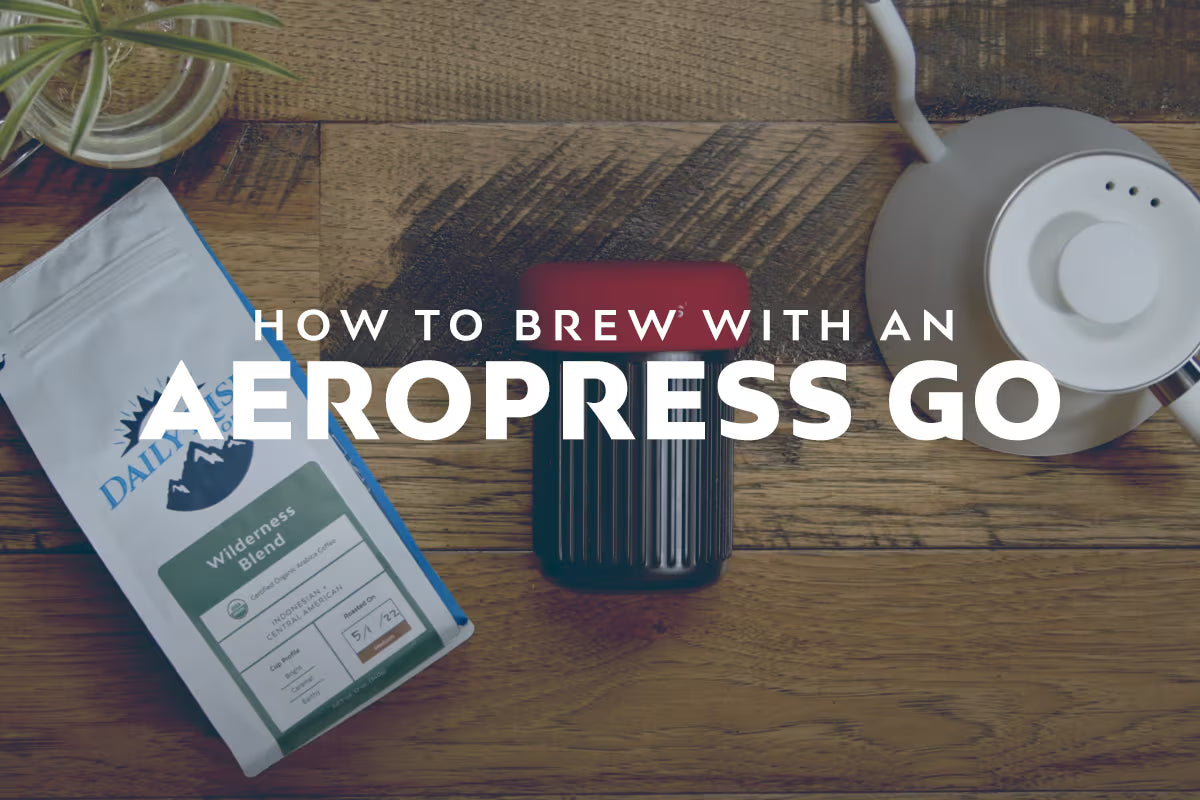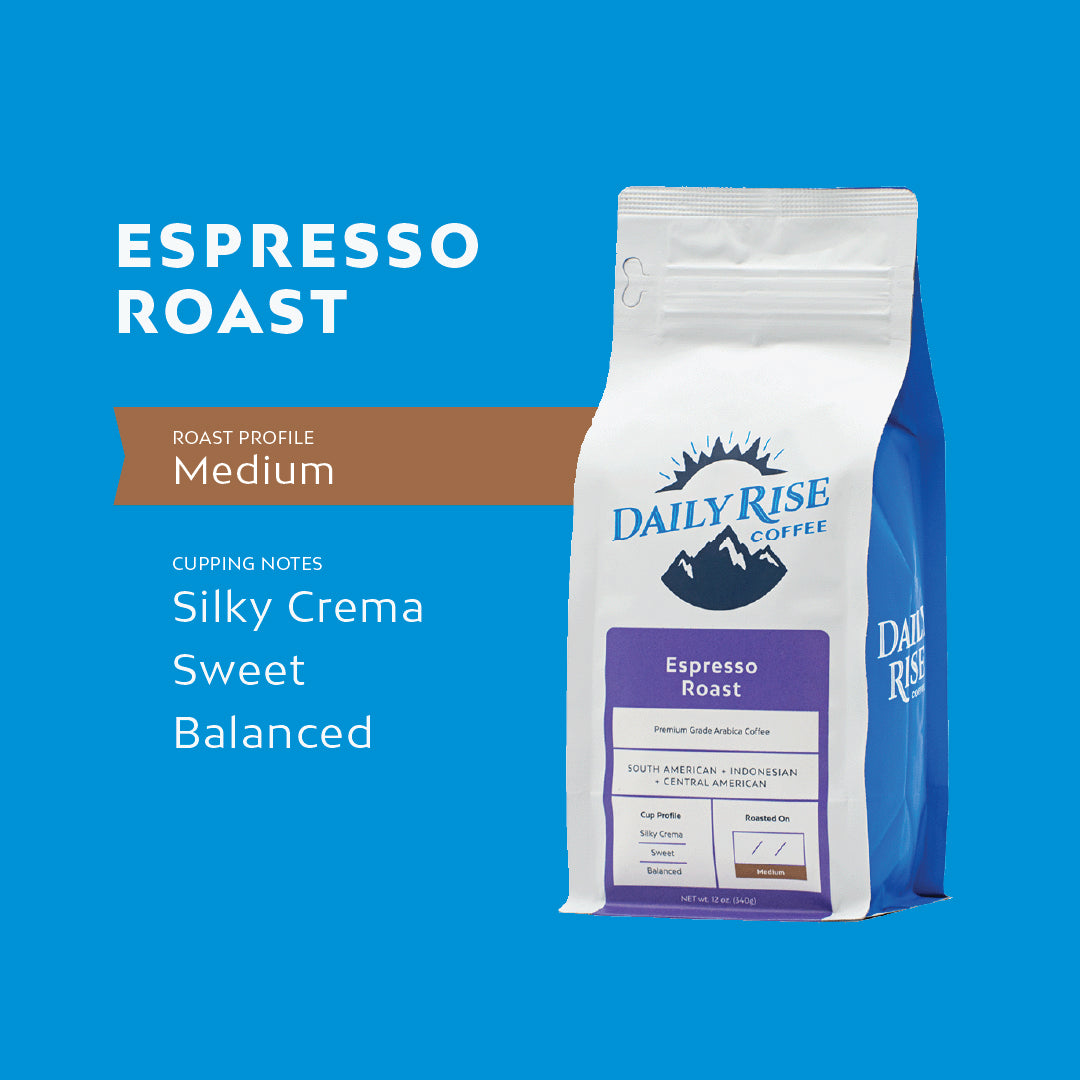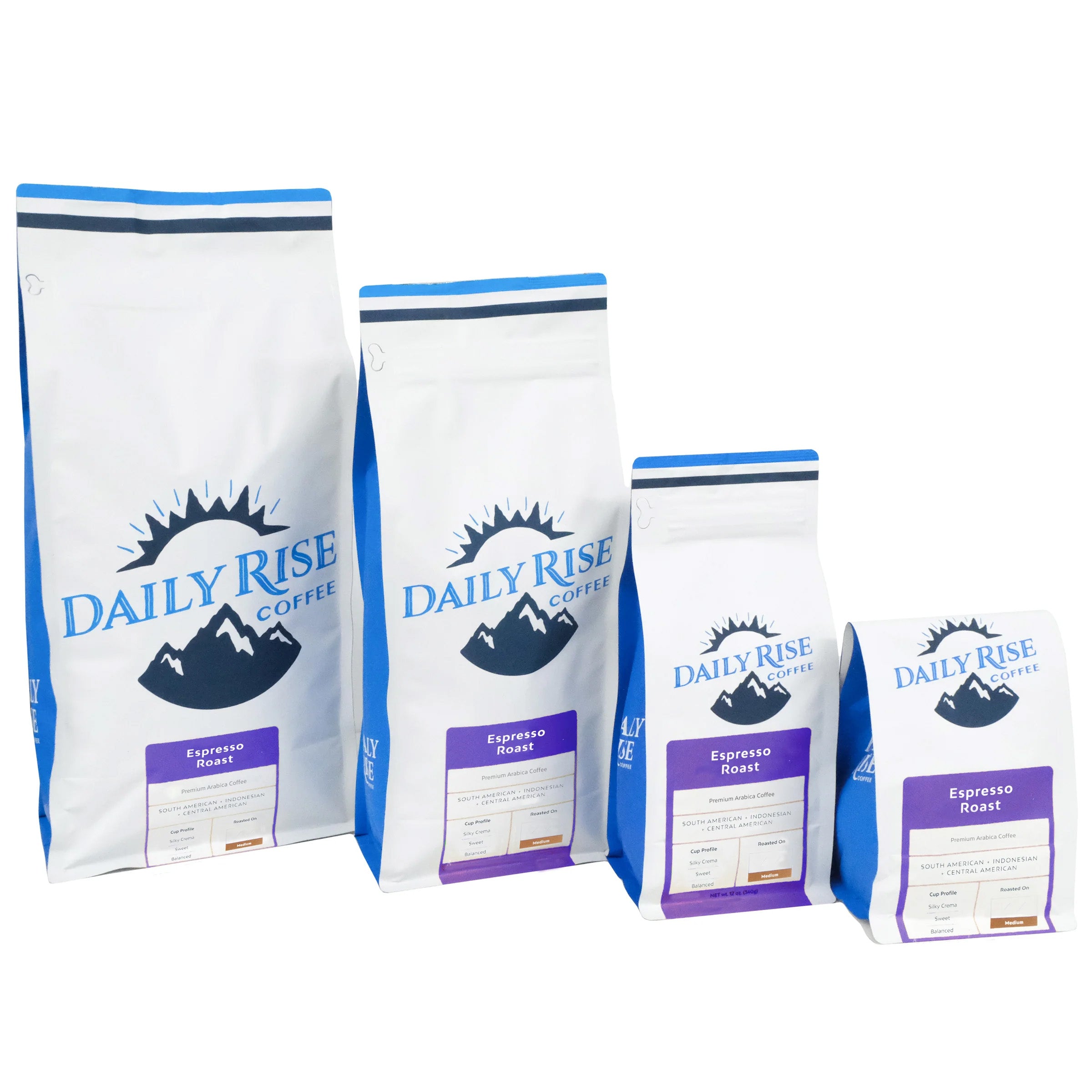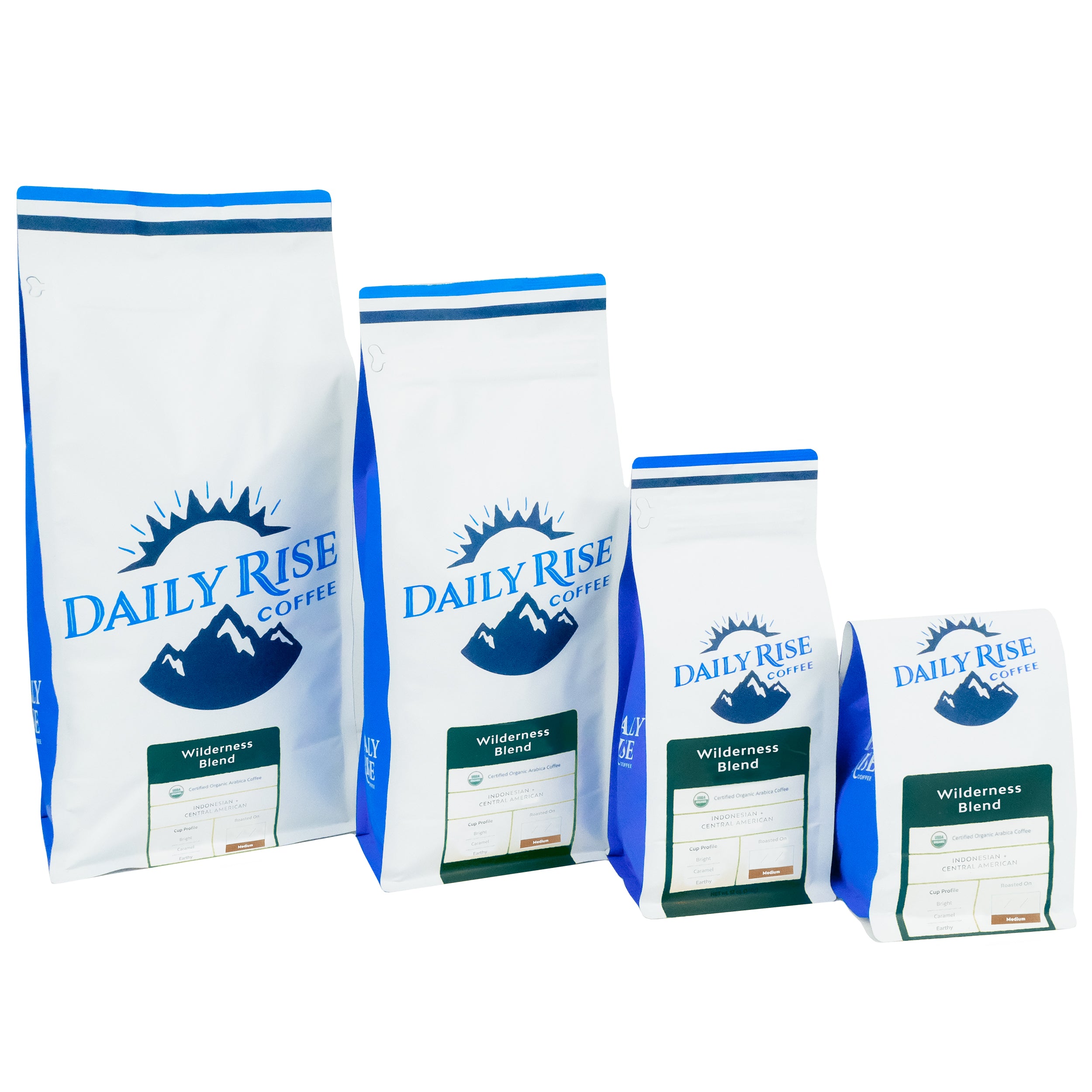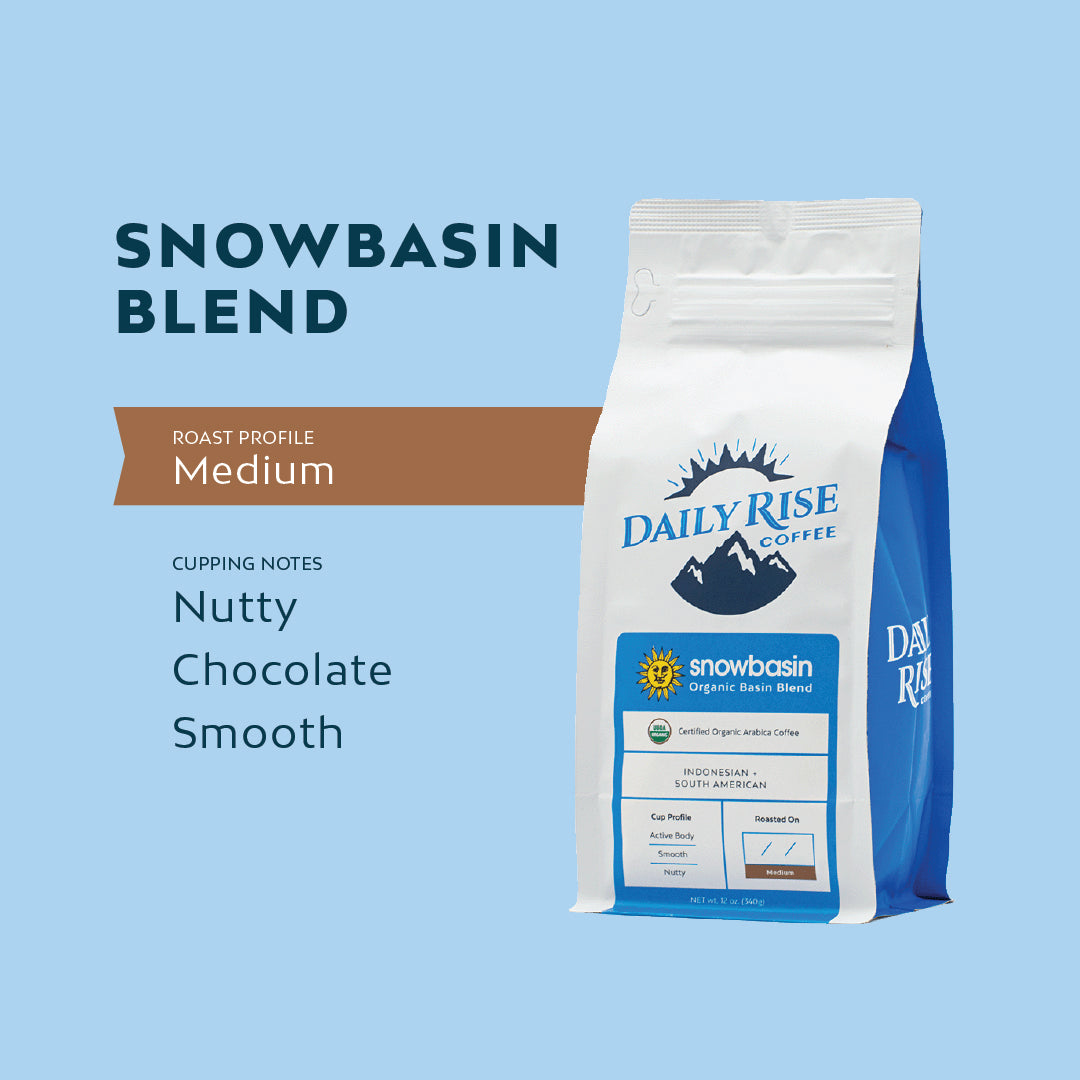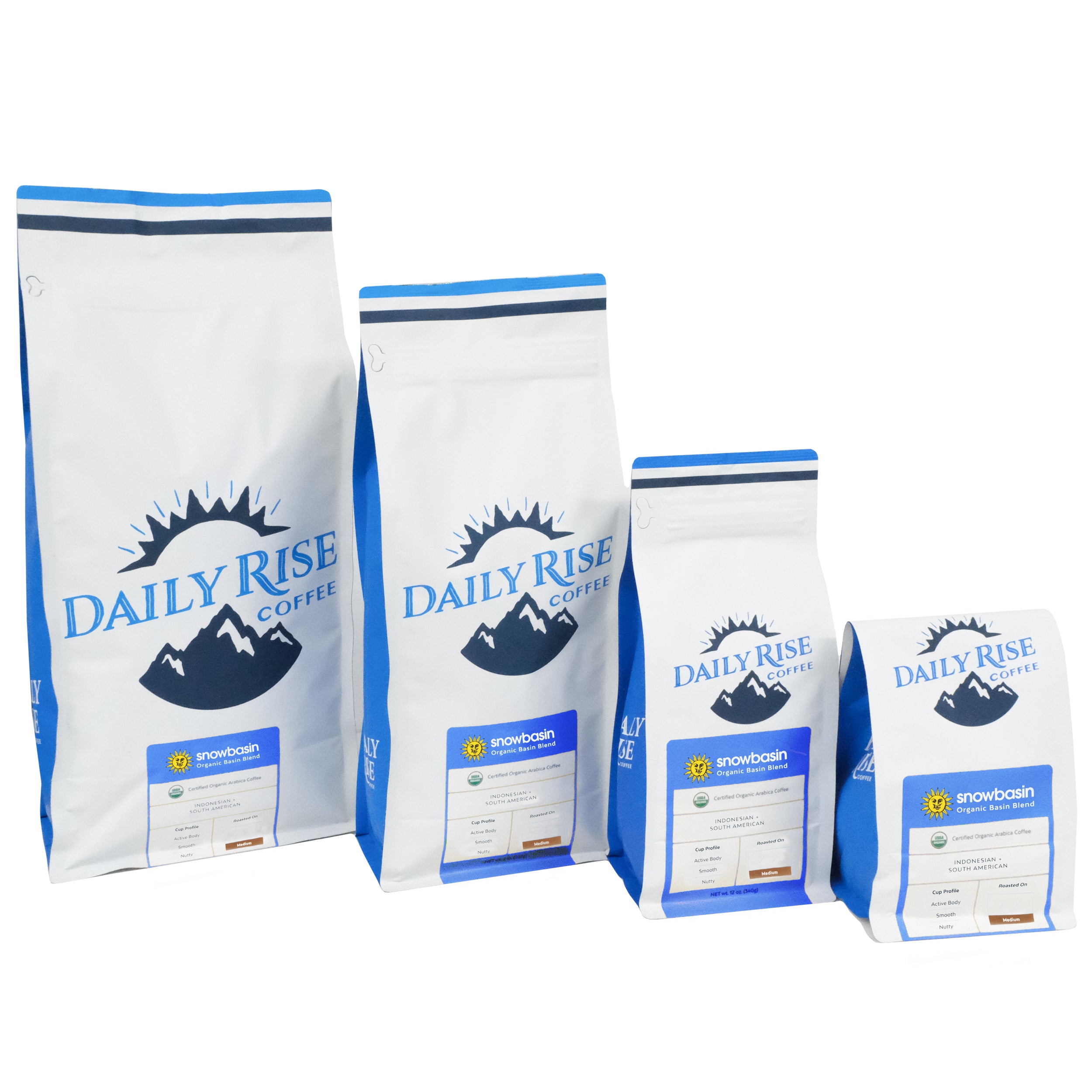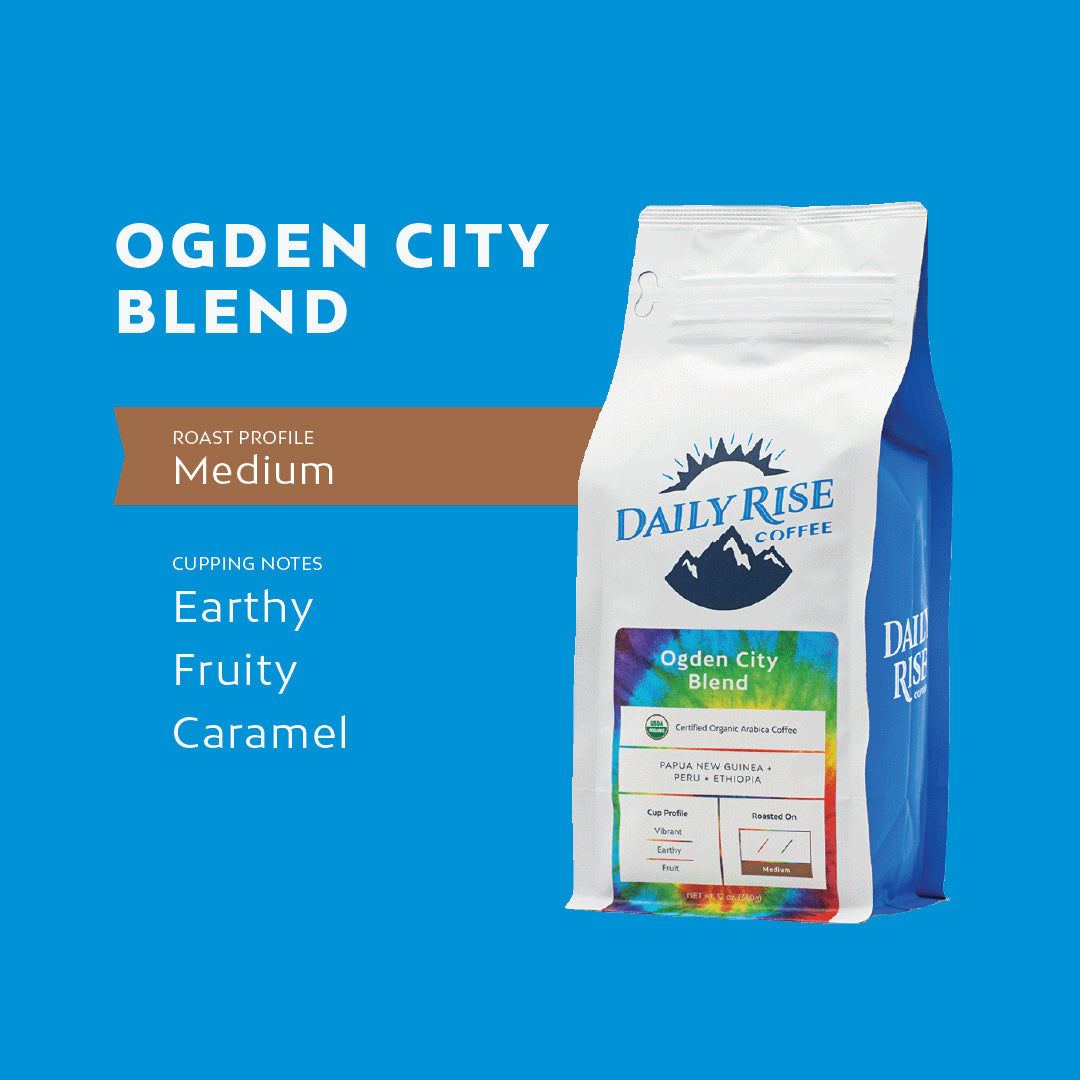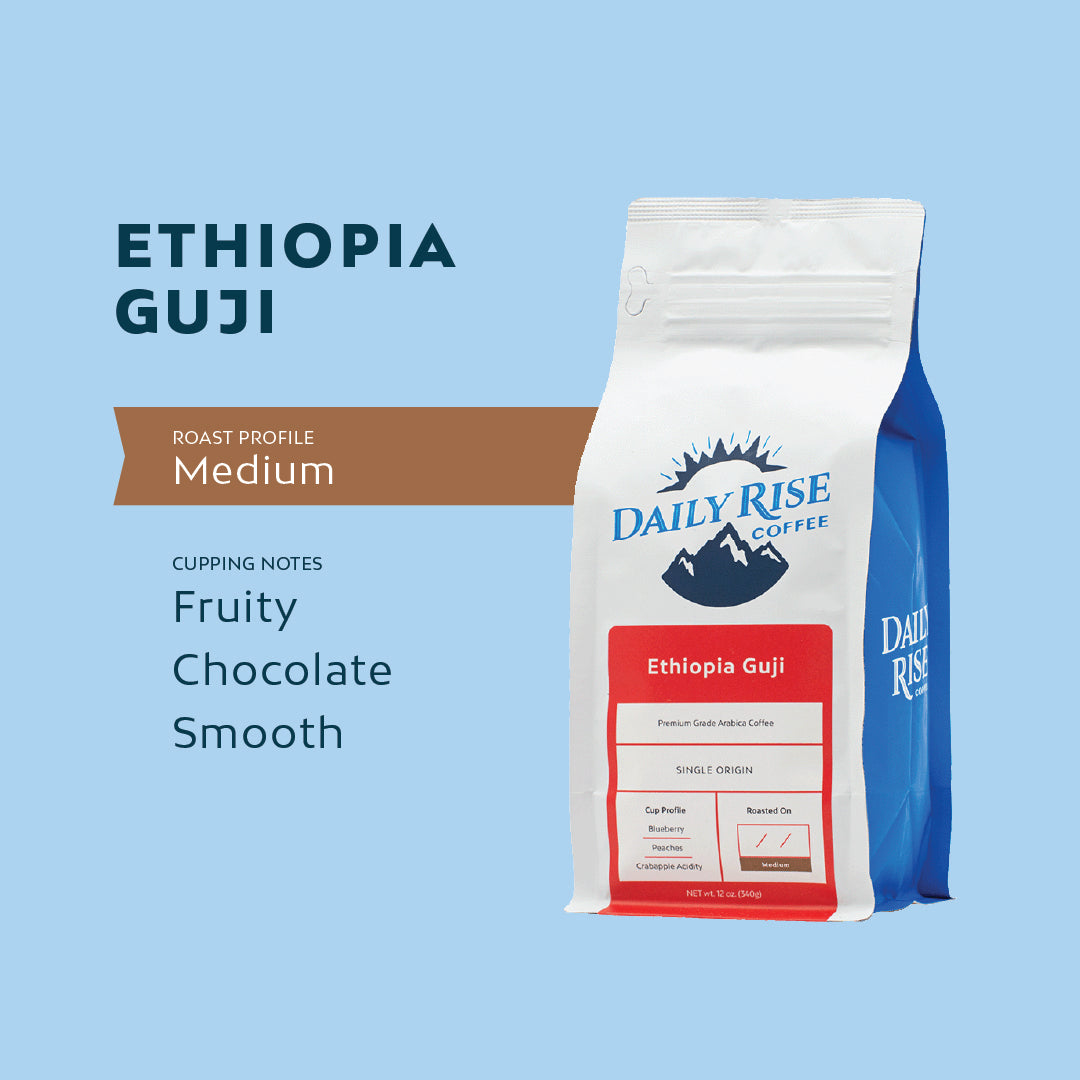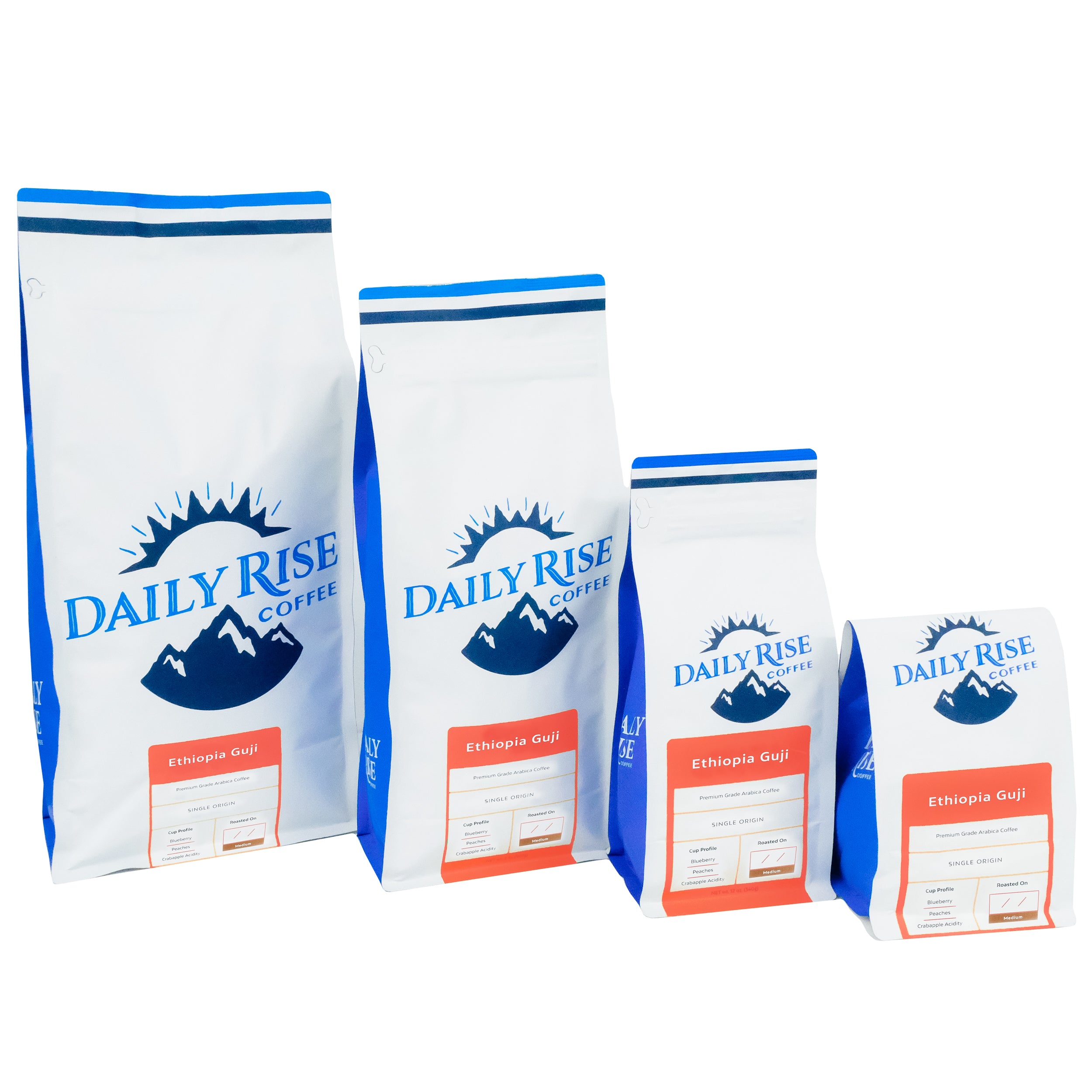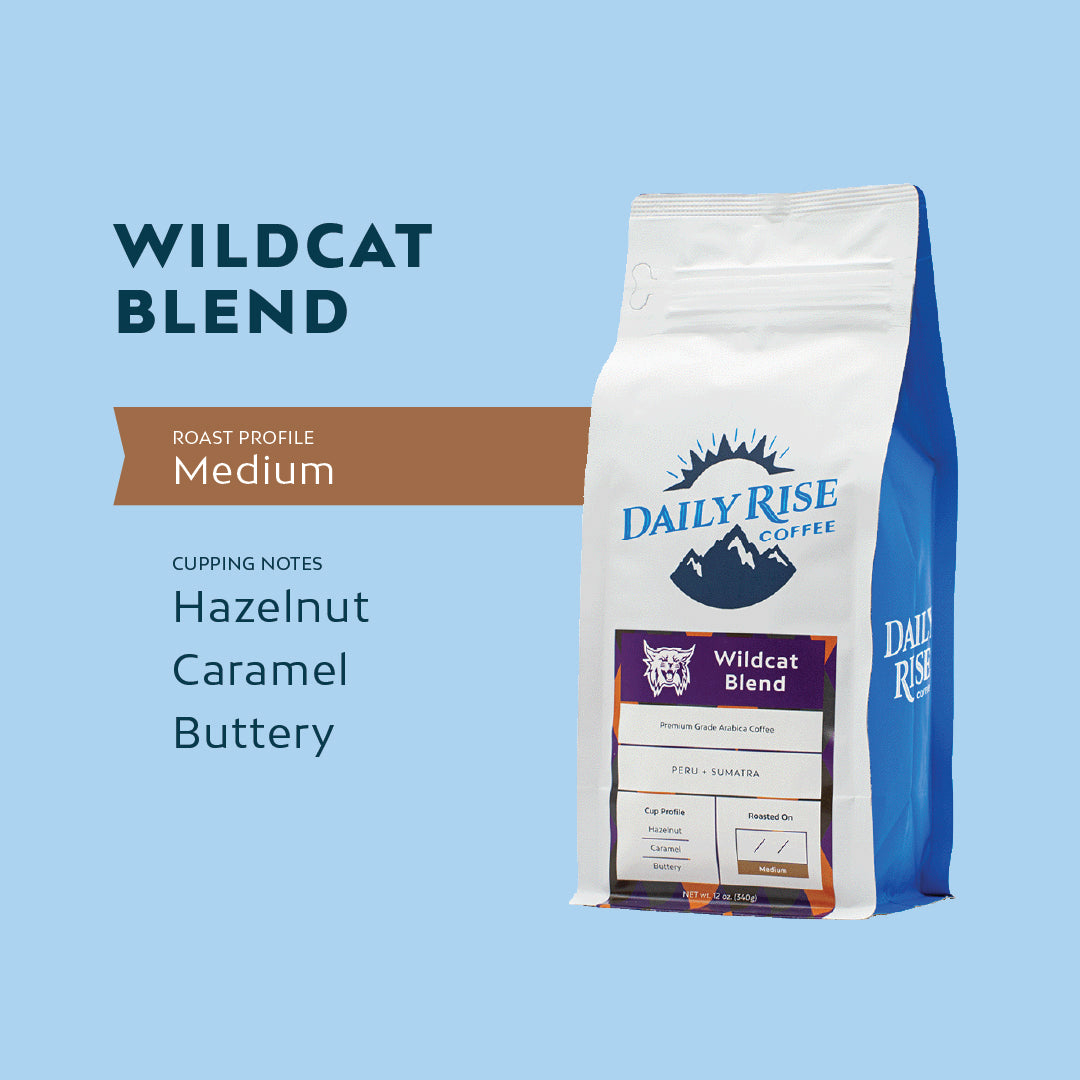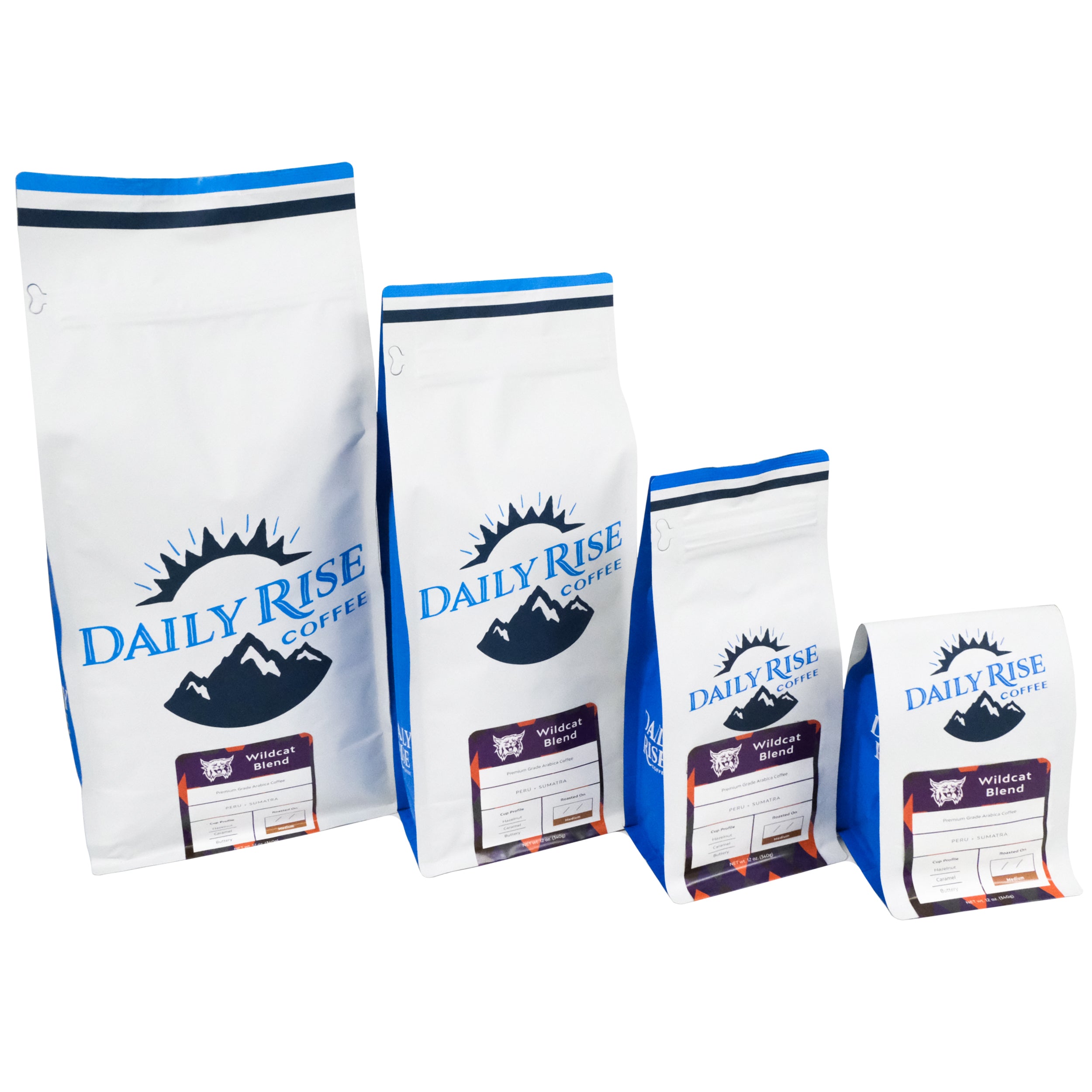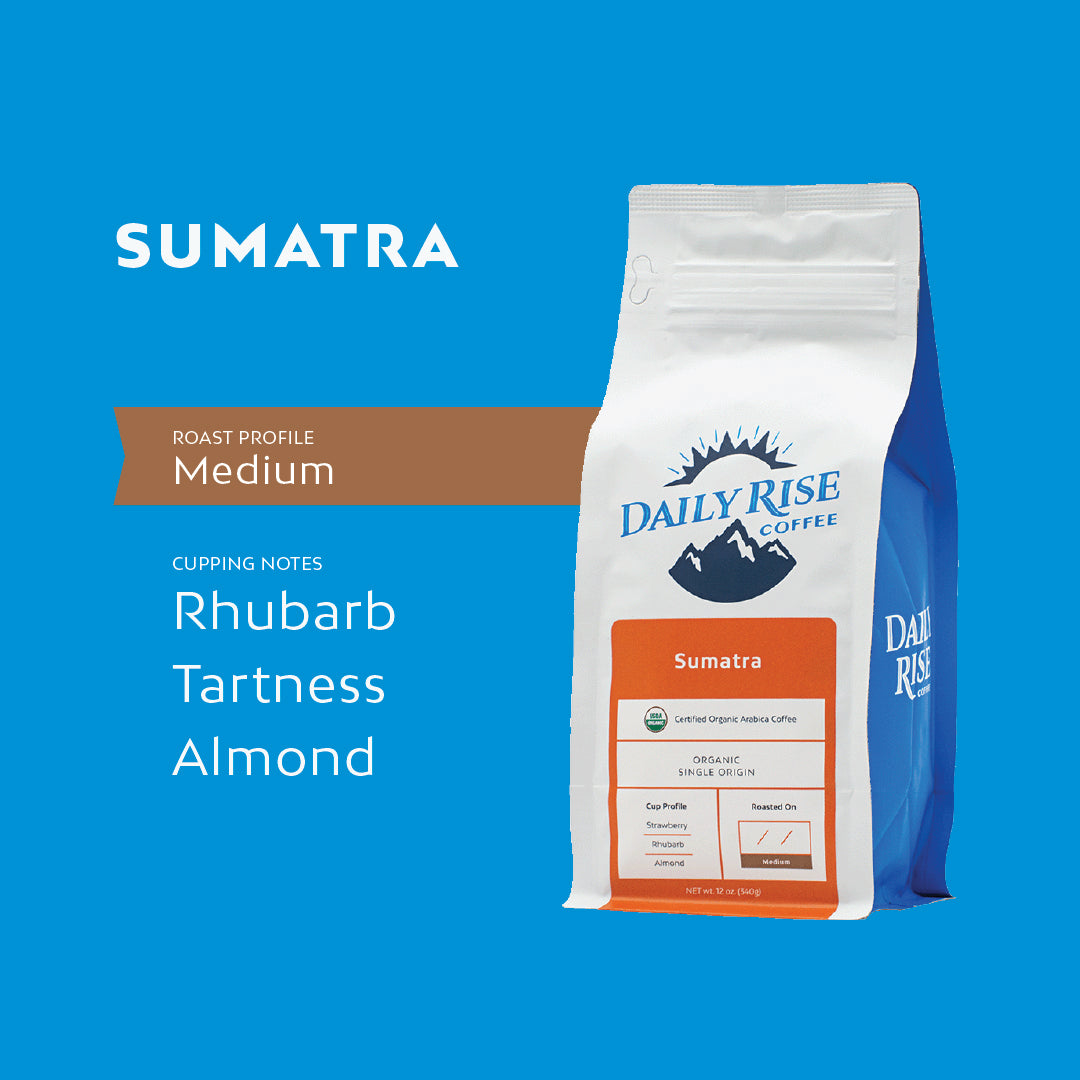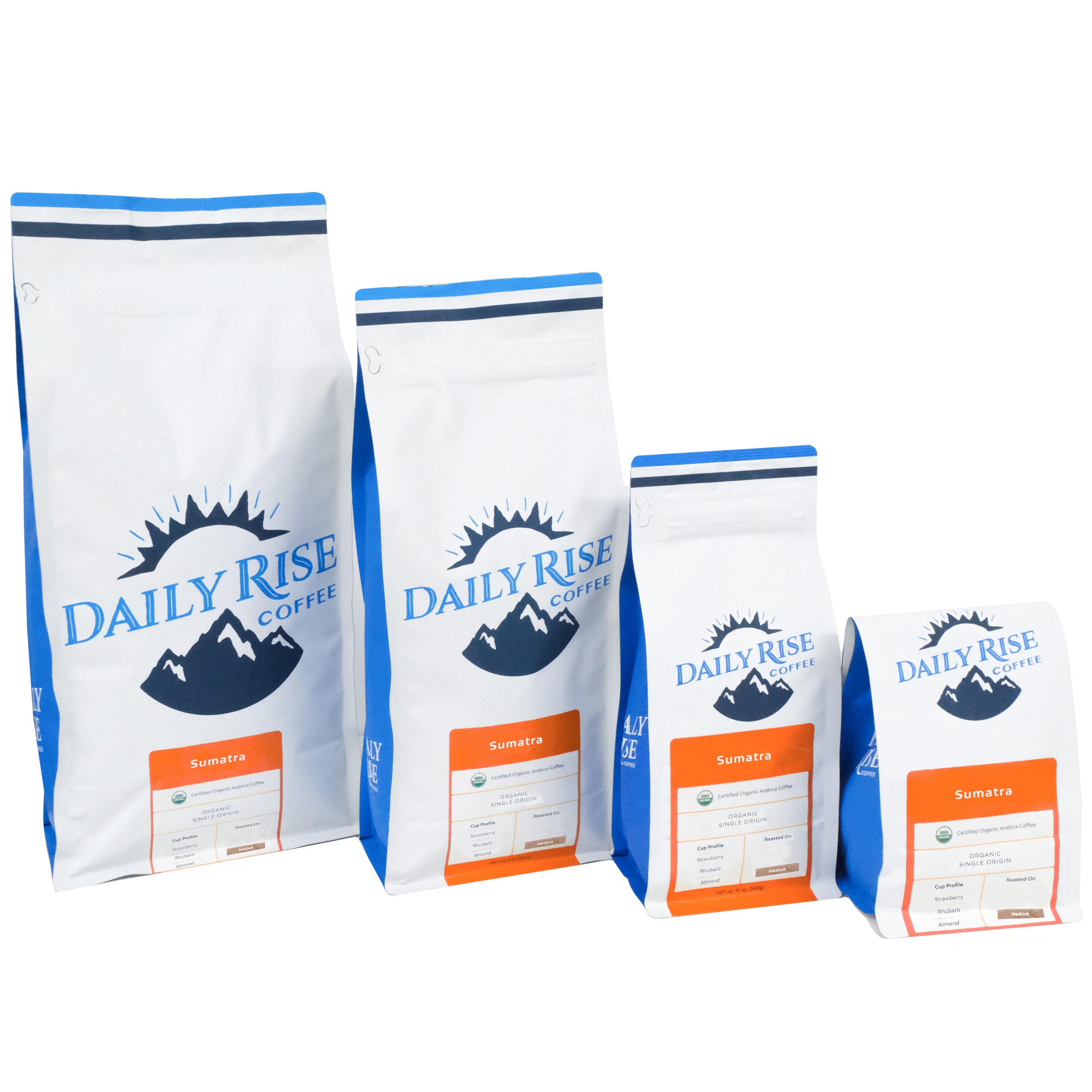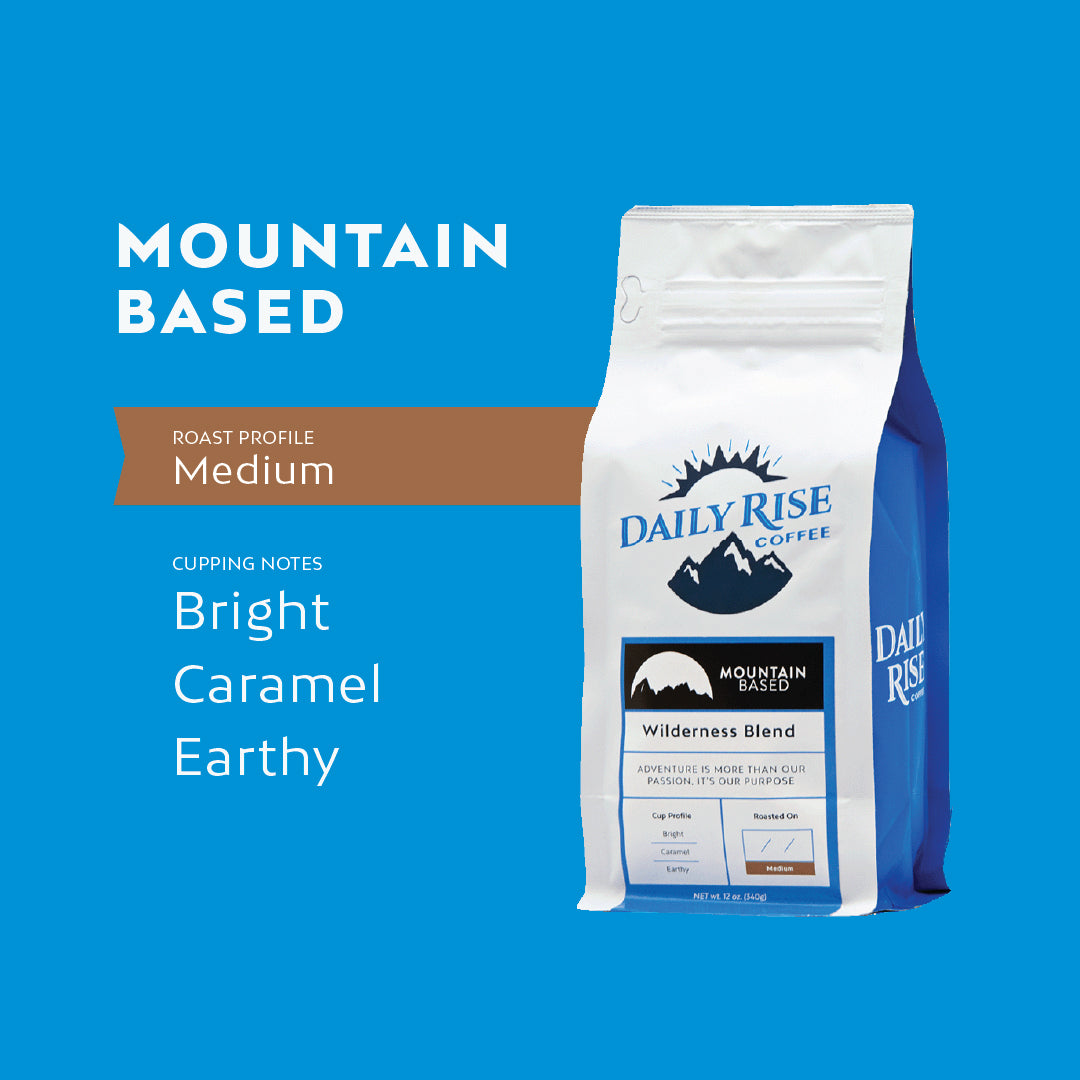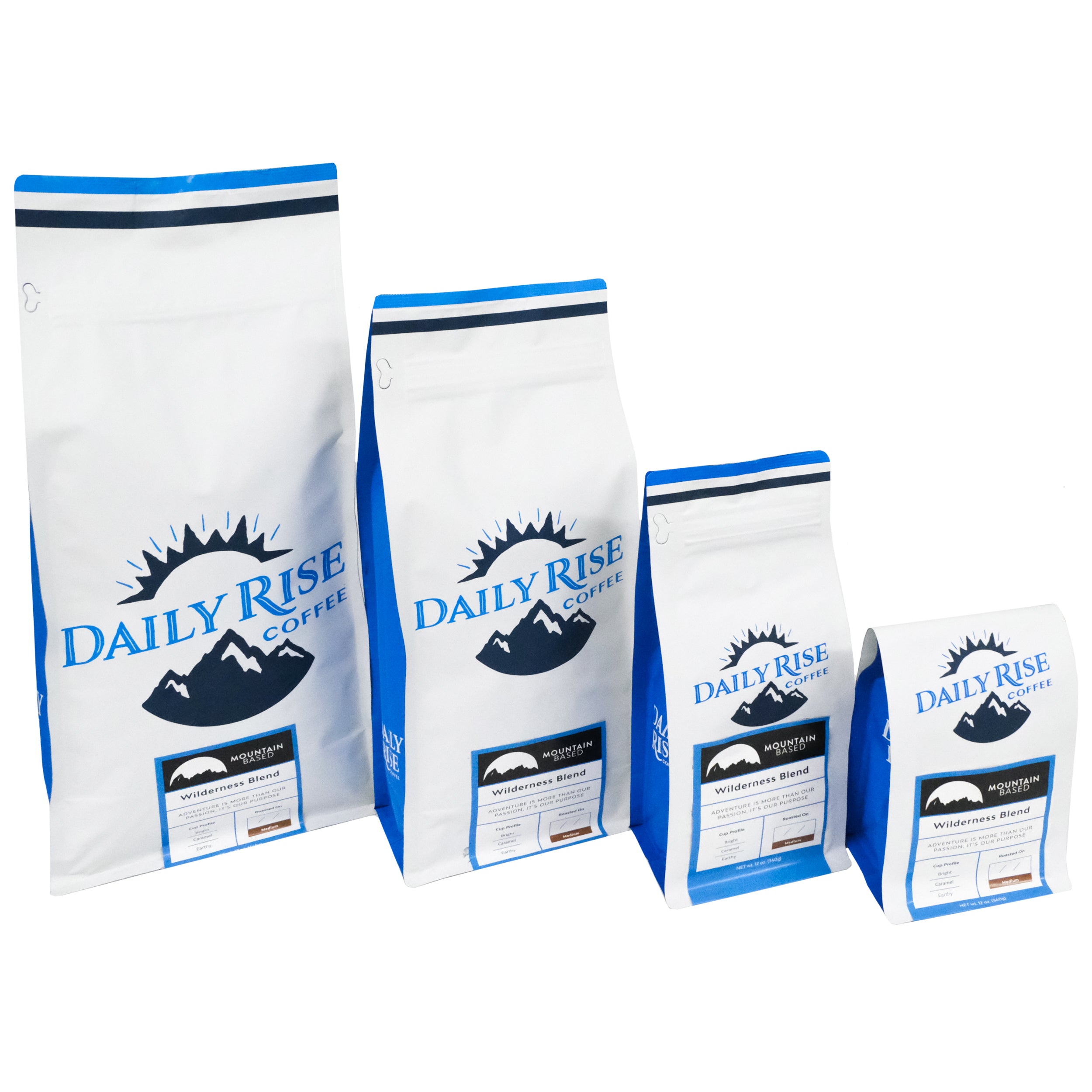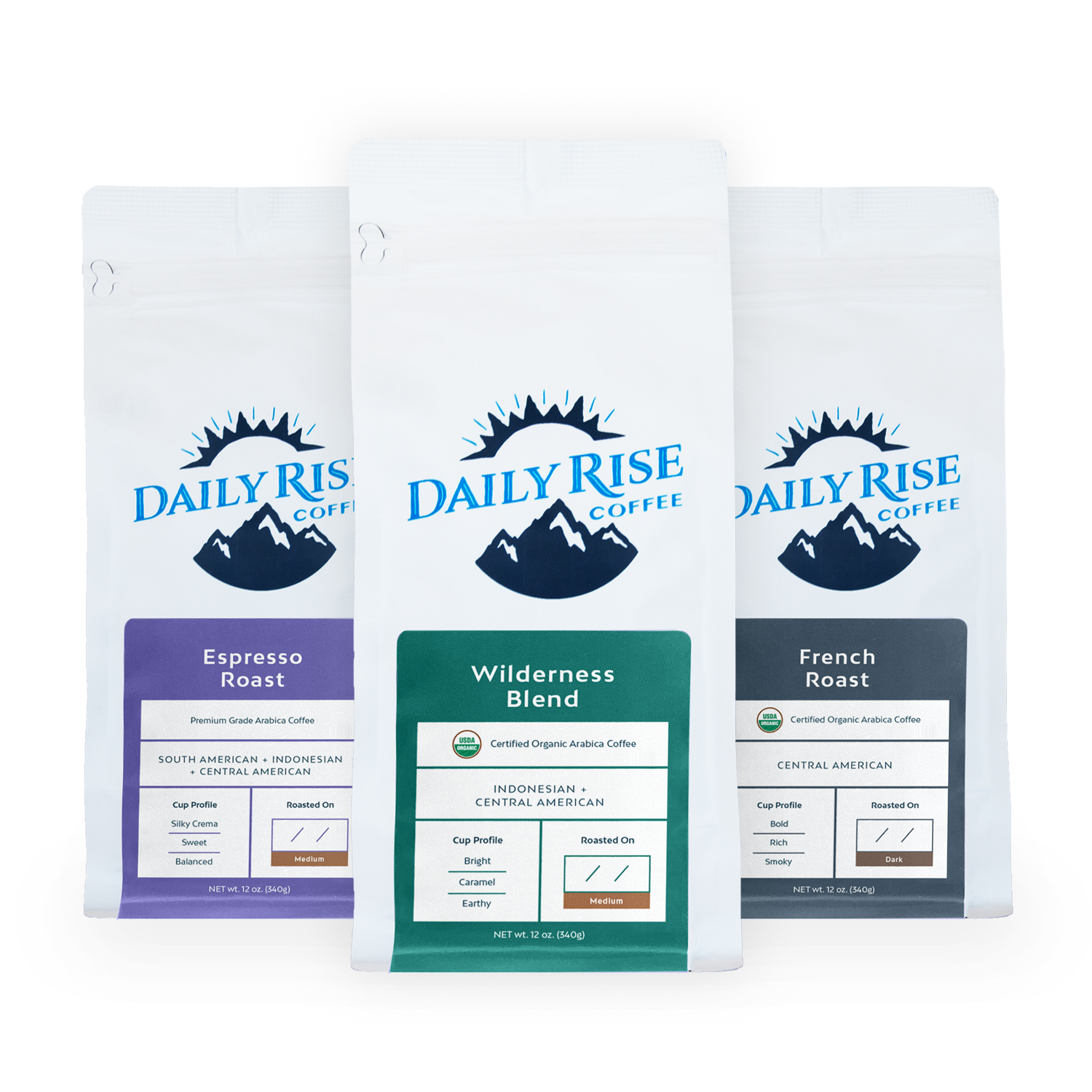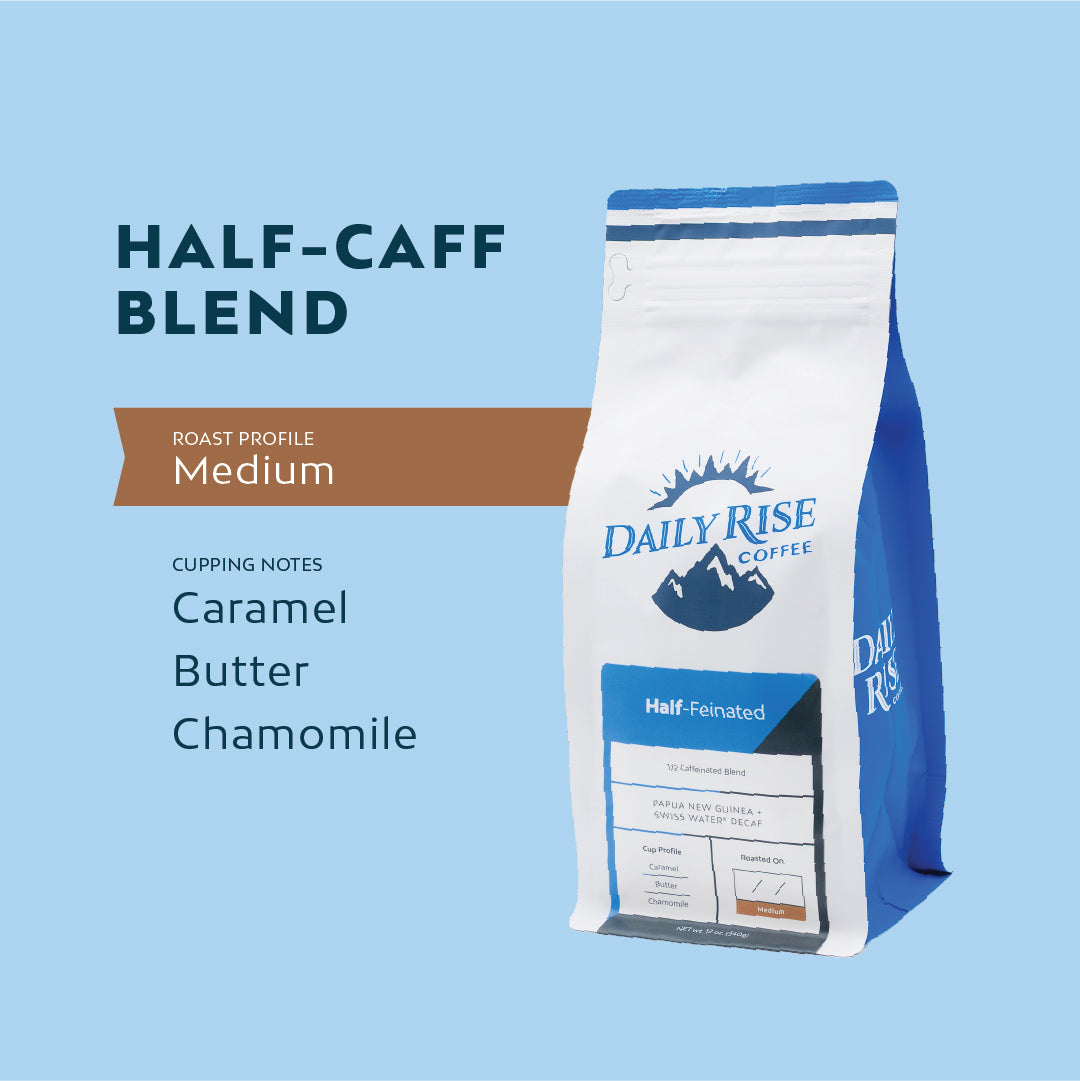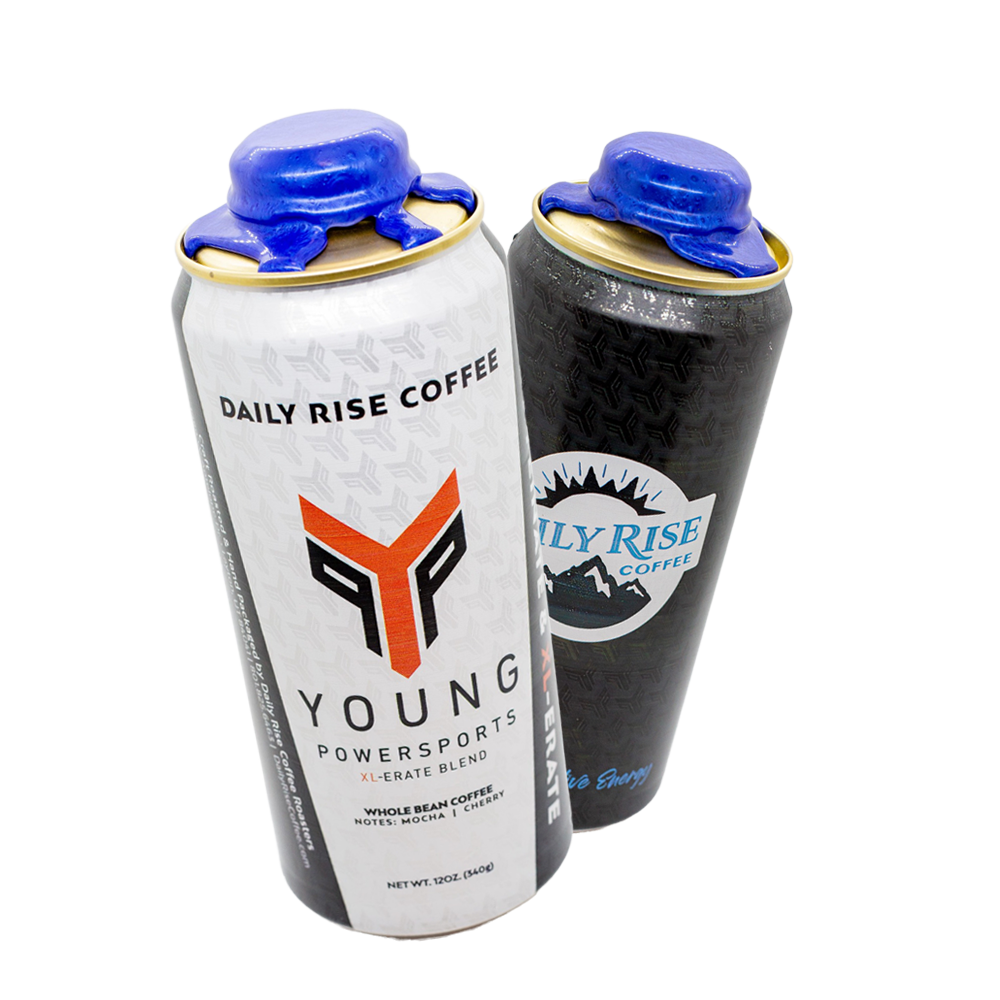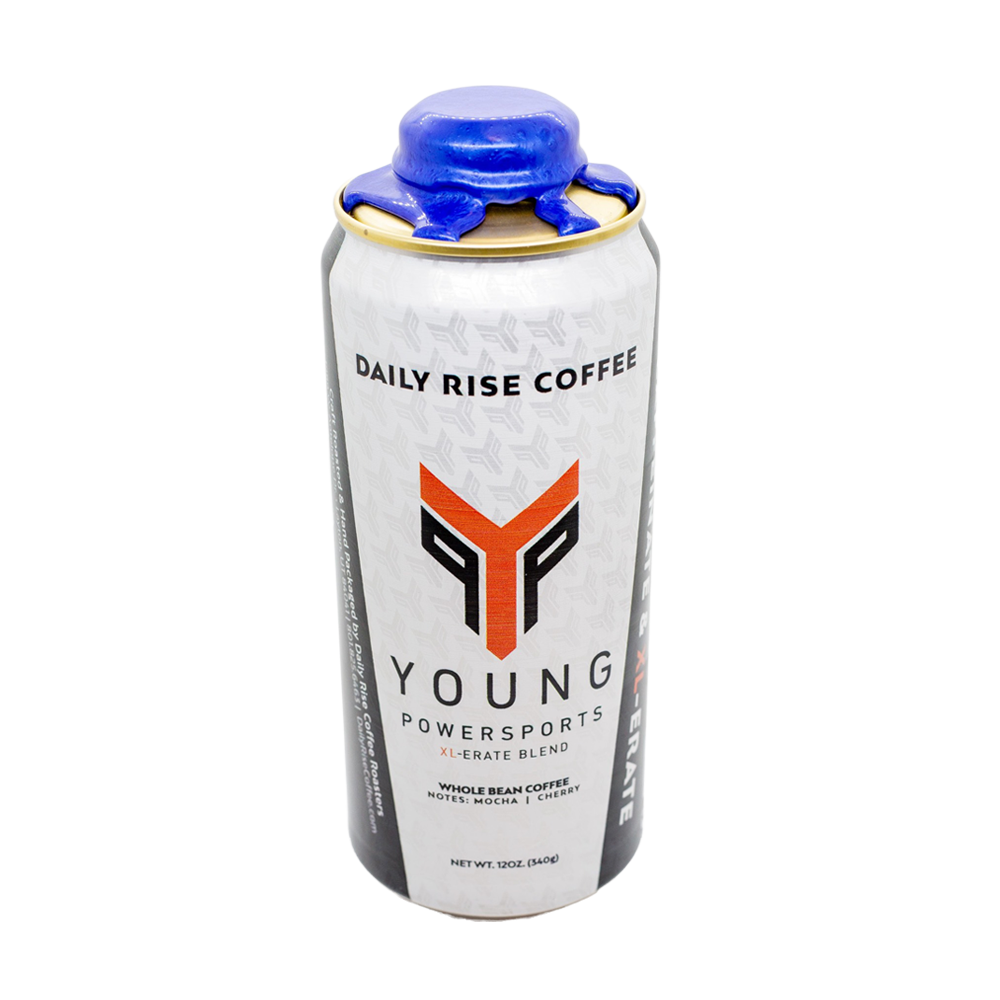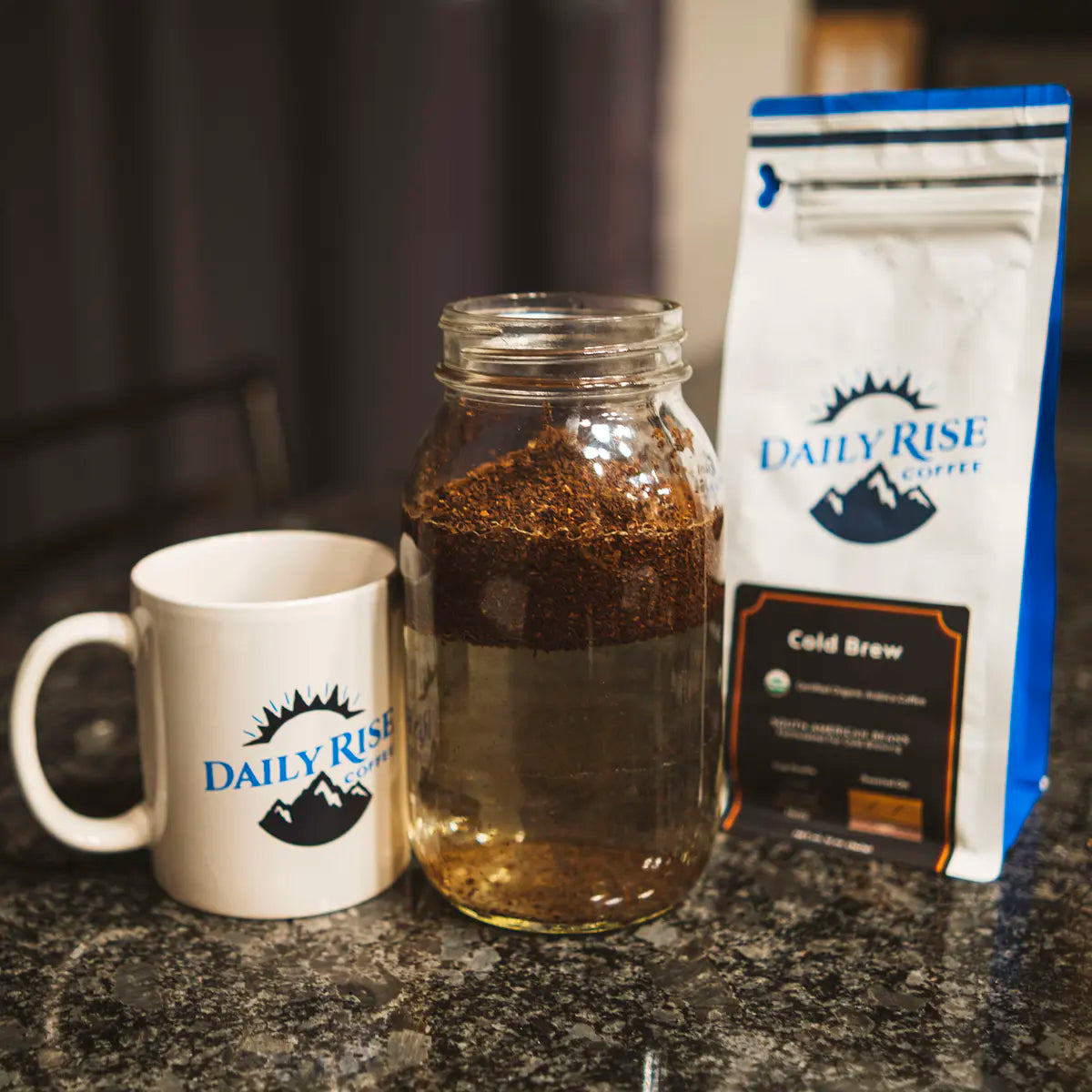Aero-impressive Add-on
ARTICLE
by Paydn Augustine
The AeroPress Original has been a staple of coffee enthusiasts around the world for the better part of a decade now, and after all that time we were starting to feel like we’d maybe reached a place where mastery and perfection of the unit had met its plateau. The release of the AeroPress GO was a wonderful update to the classic construction, and lead to a multitude of off-brand add-ons that had popped up over the years; some fitting and others leading to terrible pour rates and gloomy watered-down crud. For a while, it seemed like AeroPress had given the market to the third parties entirely, but just recently they’ve dropped a couple of goodies for us in the form of the long-awaited reusable Stainless Steel Filter that was released in the second half of 2022, and the very new Flow Control Filter Cap, a promising little piece of gear that seems to have a lot going for it in a very little package. Let’s chat about the pros and cons of each, and why they’re worthy additions to your Aeropress toolkit!
The Stainless Steel
Let’s start off with the Stainless Steel Filter, a piece that’s been manufactured for a while by many different third parties but recently made official by Aeropress. You’ll probably be able to find metal filters around for a few bucks cheaper than the Aero official piece, but the most notable difference I’ve found so far is that the little guy we’ve got here today is milled perfectly without imperfections. I’ve gone through something like 5 different metal filters in the past and they’ve all had their own host of issues, but the most common was a very poor fit. The metal filter from Aeropress proper sets up just fine in the filter cap and coziest up nice and tight without any gaps along the bottom edge of the cylinder.
The filter itself has the obvious difference of imparting far more of an acidic, oily profile to the coffee and leaves the cup feeling full-bodied with a smooth mouthfeel and heavier profile. In my opinion, the metal filter works better for darker roasts that do well with the thicker emphasis, but there’s a lot more than just taste to consider with this filter in particular. In cups I’ve run side to side I’ve noticed a very clear difference in presentation, all the oils that pass through the steel filter are clearly visible while the paper filters leave the cup clean and lighter in body and taste. Speaking of taste, I was running some of our Trails Foundation Blend and Espresso Blend through both filter styles, and the metal filter came up HUGE in deep dark chocolate flavors and a delightful brunt note on the tip of the tongue, with a finish like a very smooth dark hot fudge, while the espresso was thick, woody, and earthy.
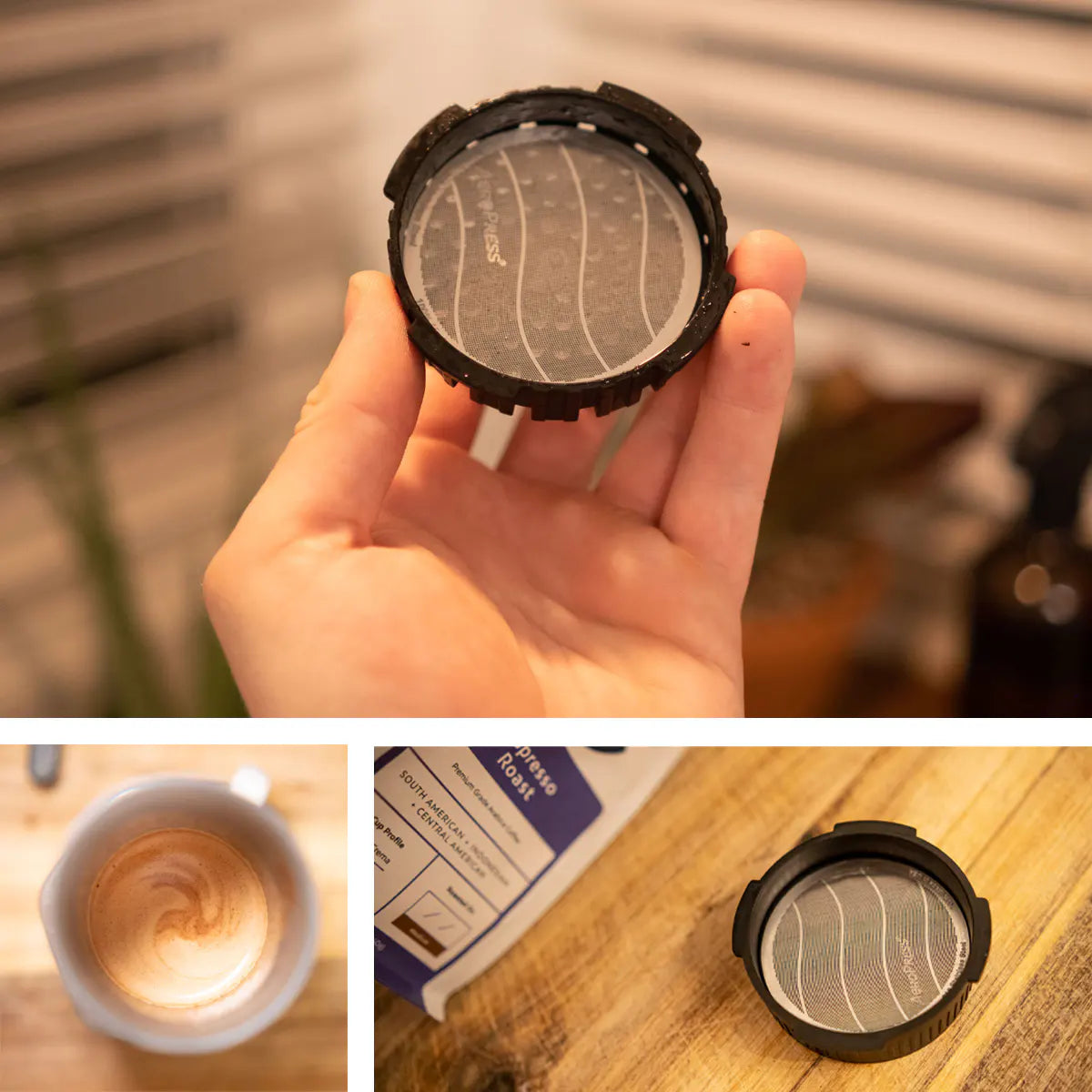
One major sticking point is the fact of reusability; The stainless steel option is a fantastic alternative to the not-so-environmentally-friendly paper filters, while simultaneously limiting the recurring costs of buying filters every so often. If the metal filter’s flavor profile is something you can find yourself on board with, it’s an excellent option for sustainability and cost efficiency. You’ll never run out of the stainless steel filter when you’re out on the trail or traveling, and you won’t run into the hassle of trying to replace paper filters. The cleanup is just a single small step more than popping out a paper filter, and leaves the GO system even more compact and light, though we’re getting into gram-weenie territory with a statement like that–no offense, gram-weenies, ultralight is a lifestyle that I can totally understand!
A quick note here for those who want the clarity of the paper filters but the utility and sustainability of the metal filters, there is indeed a third option and it comes in the form of cloth filters. While the cloth filter will require quite a bit more upkeep and cleanup than either of the other two options, it will give a similar clean and light profile to the paper filters and stands as a great middle ground between the two if you’d like to try something new and different.

Do be warned as is typical with anything being filtered through a metal vs. a paper filter, you’re going to get a good amount more ground sediment through the metal filter that’ll show up towards the end of the coffee. If you don’t mind a little grit then you’ve got nothing to worry about, but if you want to keep your brew as clear as possible, opt for the paper filters or just finish your cup with about 1/5th the cup left.
Flow Control to Major Tom
The Aeropress Flow Control filter cap is a seemingly underwhelming piece of plastic–a statement that could perhaps be used to describe the entire Aeropress brewer–that sports a pressure-activated spout and some extra tall plastic steps on the interior face to separate the valve from the filter and giving the coffee enough room to move around without clogging up the press. There are a couple of really cool features about this, this first and foremost is the ability of an Aeropress to dish out an espresso-like coffee, as well as maintaining zero drip through while you’re pouring in your water that allows a longer steep time with the grounds. Many of you may be familiar with the “inverted method” of brewing in an Aeropress, and indeed that’s how I got my start with the plastic tube nearly a decade ago. The Flow Control promises to solve the problems that the inverted technique had solved, but in a way that is mess free and leaves the hands unscathed from the unfortunate timing of not flipping the press swiftly enough to avoid spillage.
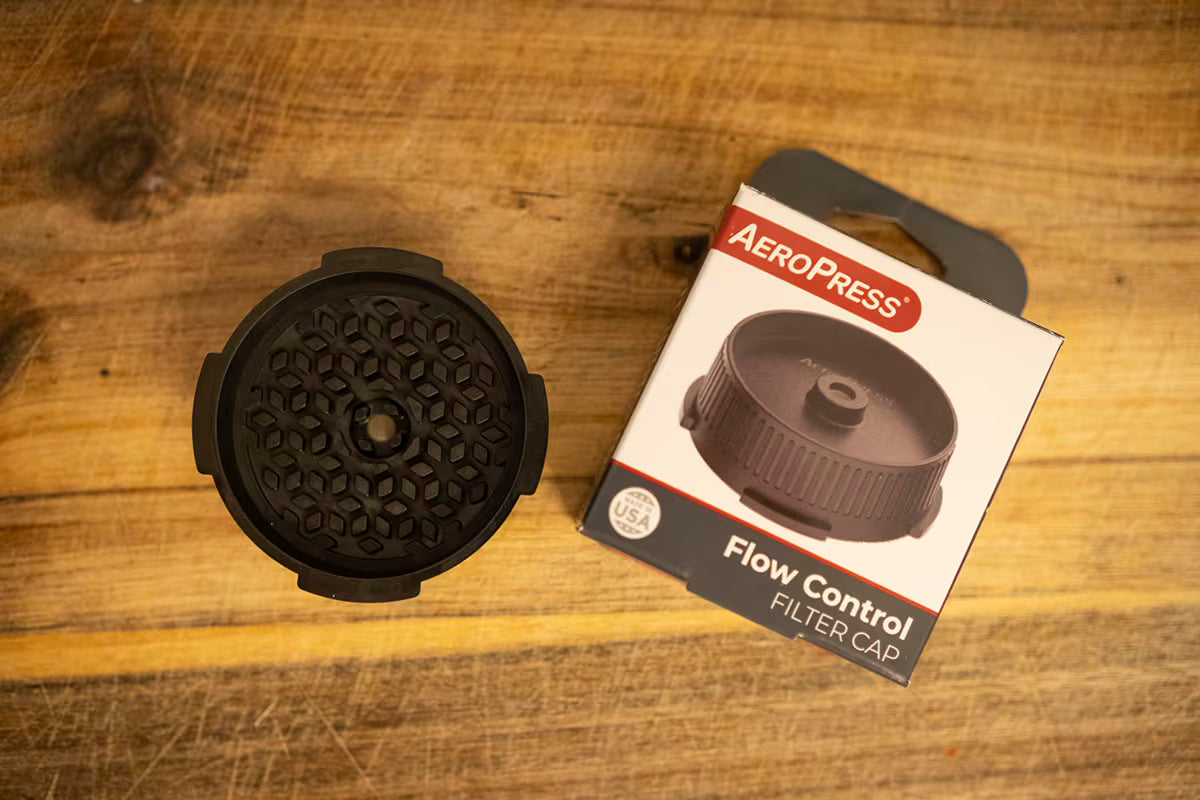
Working with the Flow Control I’ve found that you can get a great-tasting espresso stand-in for a fraction of the cost and brew time, going just about as fast as you’re willing to steep and press. Some roasts can be more resistant to throwing the faux-crema, but when it comes to the pressure required to press down with the Flow Control versus a regular press with a paper or metal filter, I’ve found it to be quite negligible, to a surprising degree. When you see something like the flow control, you’d expect it to be even harder to press down the often-to-harsh Aeropress, but I’ve found no such hassle with the Flow Control and I’m really quite enjoying the accessory.
The Espresso Roast I put through the Flow Control has been dark, almost meaty, very earthy, and bold. I’ve found that using the Stainless Steel filter still lets a good amount of sediment through the Flow Control, but the flavor profile is very much akin to a strong dark French Press,
and I think a lot of the folks who love that particular brew style will find the transition into Aeropress even more appealing with this particular combo to try out. Running a paper filter gives a very clear and defined profile and a staunchly strong brew in just over 2 minutes of brew time. I personally prefer to throw two paper filters in there to keep some stronger pressure on the end and bring out a little more of that crema.
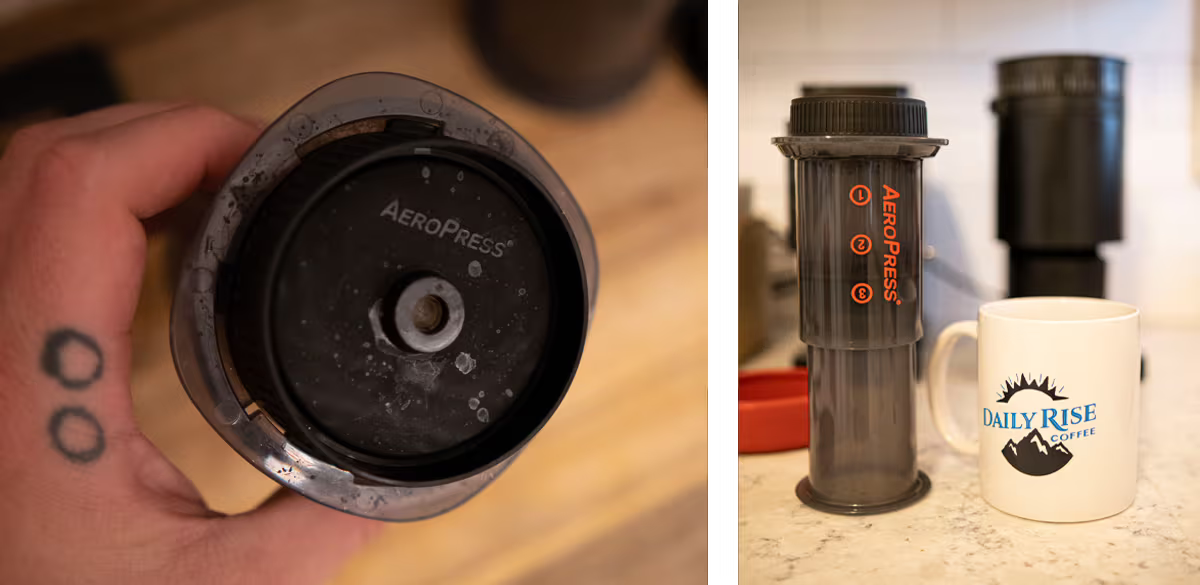
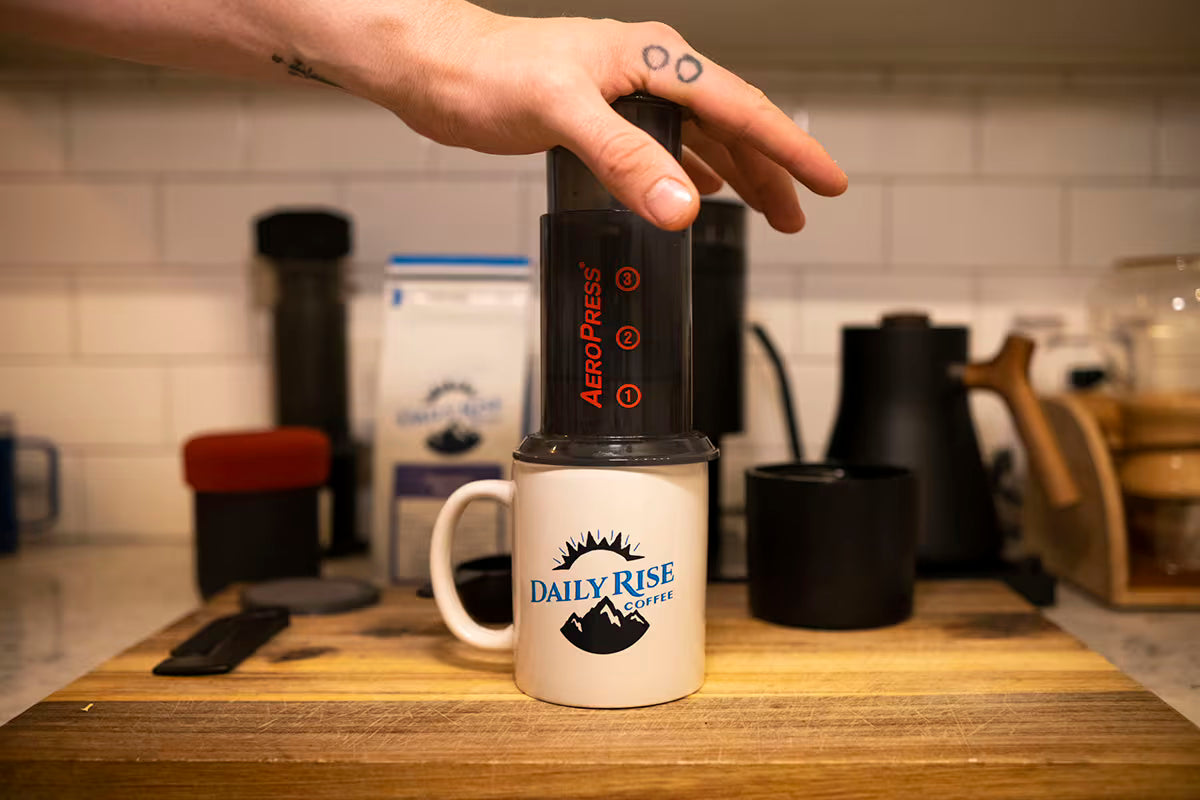
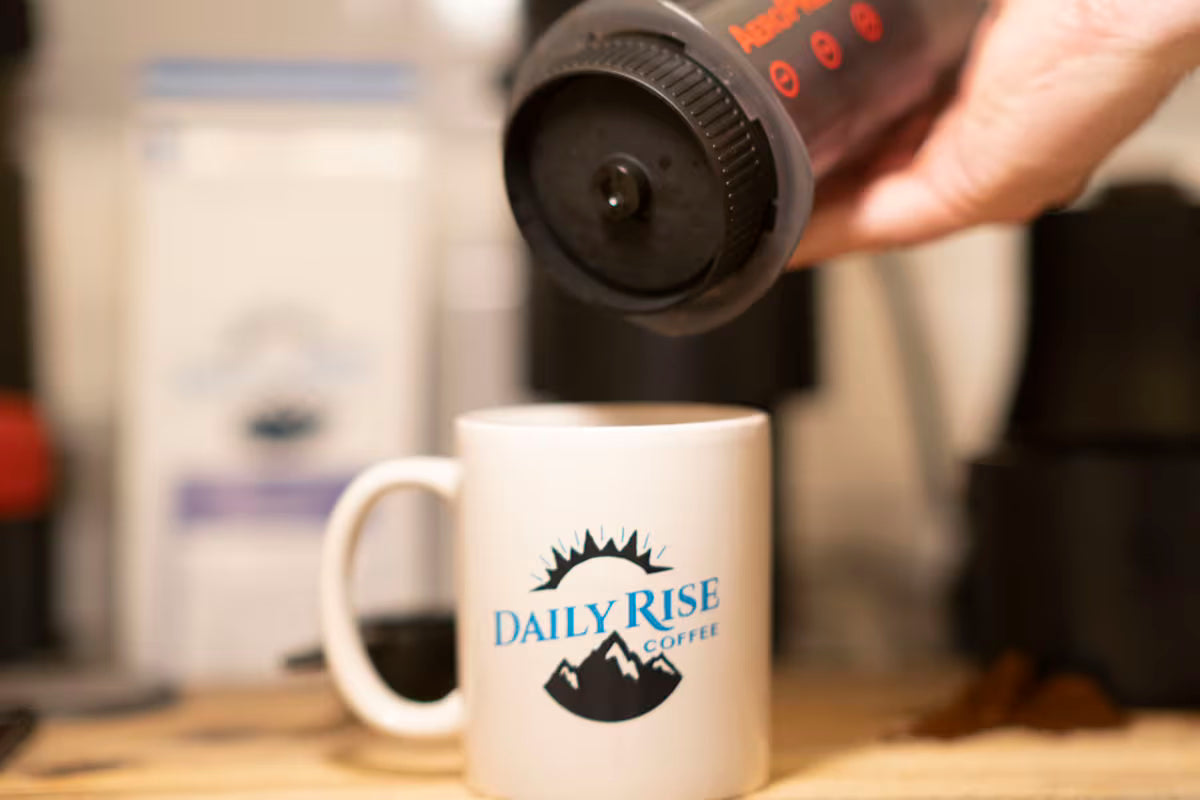
Finishing the Cup
Overall I think both the Stainless Steel filter and the Flow Control are awesome additions to the lineup of Aeropress accessories, and I’d go as far as to say any newcomer to our favorite little plastic coffee plunger should add the Flow Control to their cart. It really simplifies some of the more advanced learning curves of the Aero in general and makes getting started much easier without having to worry about drip-through, steep times, blooming, flips, and all the rest. It also provides a little extra utility to the device in a very simple and easy-to-use way that’s no fuss and doesn’t make anything more difficult; the only downside I can possibly see is that if you’re really into keeping your Aero GO neatly put together, the Flow Control might be a little too big to fit in the self-containing kit.
We’re having a ton of fun with the Flow Control, and we’re still learning how to make the best recipes possible! Be sure to follow us @dailyrisecoffee for FC tips, tricks, and recipes, and let us know how you’re liking your favorite roasts through the new Aeropress setup!
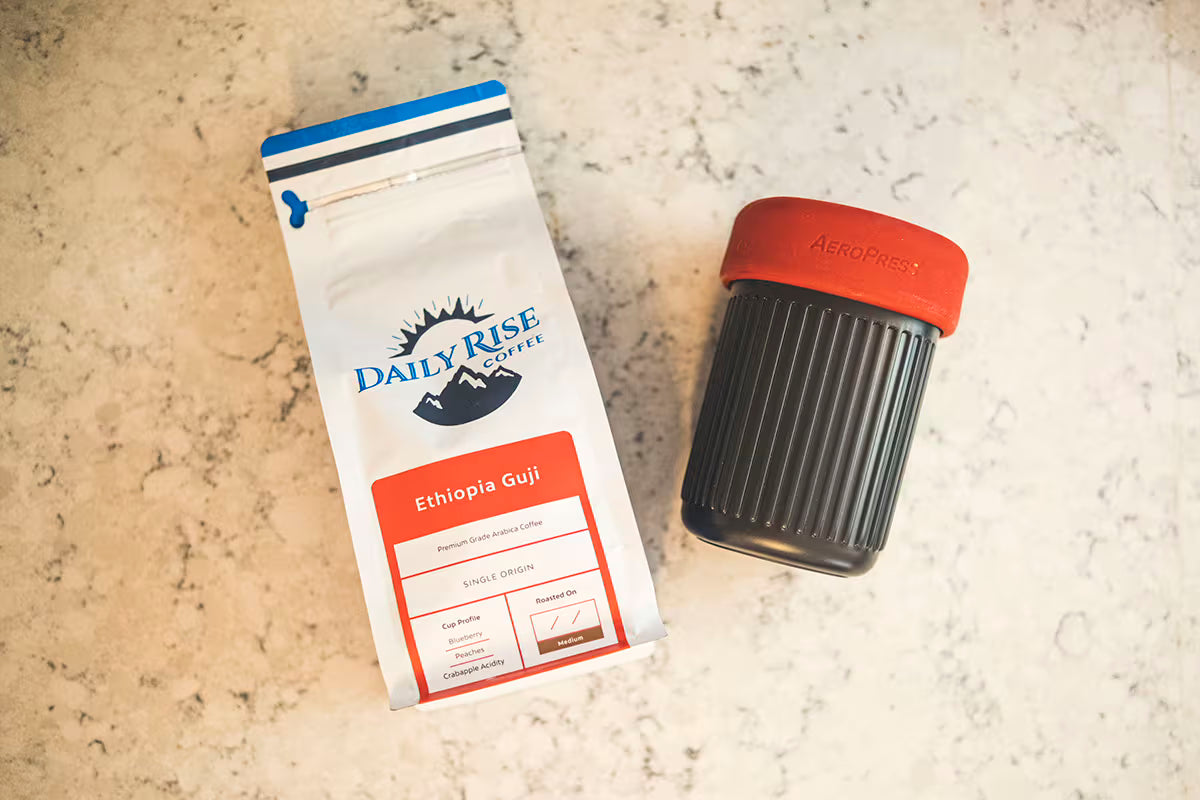
Other AeroPress Resources
